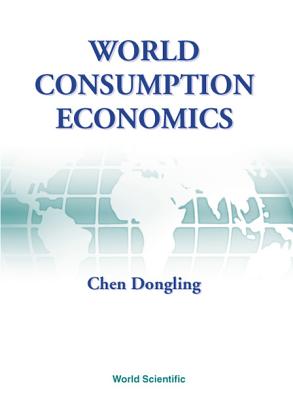

Real personal consumption expenditure (PCE) 5 fell in 2020 as options for spending declined and the economic impact of the pandemic cut into people’s wallets. 4Ĭonsumer spending fell sharply in 2020 due to the pandemicįear of COVID-19, social distancing measures, and outright closures enforced locally at various times in 2020 resulted in a tangible shift in the amount and nature of consumer spending. Remote and hybrid work-a mix of in-person and remote, for example-may induce permanent changes in the way Americans work, live, and spend. Yet the future of consumer spending will also depend on the nature of postpandemic life. After all, there’s a limit to the amount of gym equipment and furnishings one can buy. Spending on durable goods is, however, expected to be moderate. Services is set for a strong rebound as people travel more, attend sporting events, go out shopping like they did in 2019, and return in troves to restaurants and pubs. With it, consumer spending and the wider economy will likely get stronger. 3 It is likely that by the end of this year, the country will inch closer to what it was before the pandemic. 2 Vaccines are now available even for children aged 12 years and over. New virus cases have declined by 95% since the peak of January 8, while vaccinations have increased. This year, the despair of 2020 is giving way to hope. Instead, people stockpiled food and other essentials, and spent more on home gyms, furnishings, and utilities. Travel, transportation, and restaurant spending were suddenly out of favor. As homes turned into offices and wider economic activity slowed, consumer spending suffered, and spending patterns suddenly changed. Hitting the gym, grabbing a drink at the local pub, and hailing a cab-until then hallmarks of daily life-suddenly turned into a game of Russian roulette. Then, in 2020, faced with a formidable and unseen biological enemy that spread across the country through touch and aerosols, people withdrew indoors. Get Details.In 2019, a year before COVID-19 changed our world, consumers in the United States spent close to US$10 trillion 1 on a swathe of services. 30 macro-economic indicators per country for a 5-year forecast period and quarterly forecasts for the most important economic variables. Looking for forecasts? FocusEconomics Consensus Forecasts cover approx.

The table below shows the real percent changes (adjusted for inflation) in private consumption for the last five years. Since private consumption accounts for the largest part of GDP, it is the key engine that drives economic growth. China, with a rather low ratio, and the United States, with a high proportion). Generally, the poorer the country the higher the share of consumption, but there are notable exceptions to this rule (i.e. It also includes durable goods (such as cars), but not households’ purchases of dwellings, which are counted as household investment.Ĭonsumer spending accounts for between half and two-thirds of Gross Domestic Product (GDP) in most countries. Private consumption includes all purchases made by consumers, such as food, housing (rents), energy, clothing, health, leisure, education, communication, transport as well as hotels and restaurant services. Private consumption, also referred to as personal consumption, consumer expenditure, or personal consumption expenditures (PCE), measures consumer spending on goods and services.


 0 kommentar(er)
0 kommentar(er)
